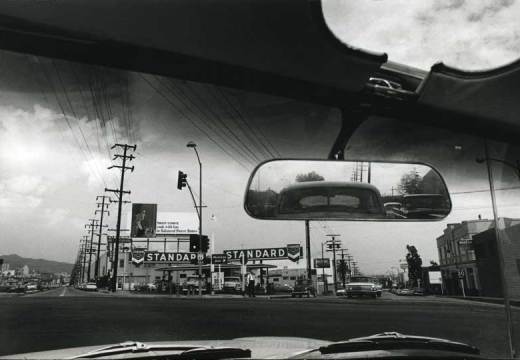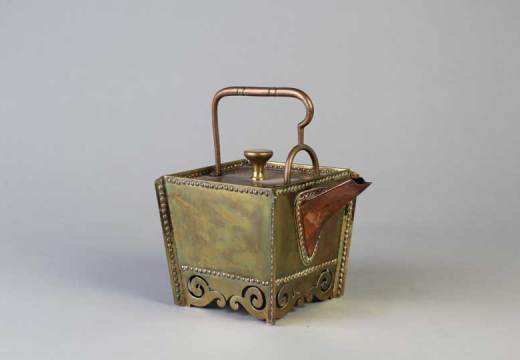November 9th 2014 will mark 25 years since the fall of the Berlin Wall. That night has become historical shorthand for the end of the Cold War and the collapse of Soviet Communism. In the West, at least, we remember the Wall not as an international border but a political divide between colour and monochrome.
It cannot be for nothing that American artist Jim Dine has reflected this with his two concurrent shows at Mayfair’s Alan Cristea Gallery. In the first space is an exhibition entitled ‘Jim Dine: Printmaker’, in which we find explosive colour and a huge range of styles and techniques. It’s all sweetness and light, an exuberant celebration of the art of printing.
In the second space – completely cut off from the first by a partition wall – is ‘A History of Communism’, a series that Dine has worked on for two years. Some time ago, two printer friends presented the artist with 100 lithographic stones found in what was once a Socialist art academy in East Germany. Dine was immediately taken by the images, and decided to appropriate them into his own work.
The resulting show is stubbornly devoid of colour. It is relentlessly, uncompromisingly grey, to the point where even an isolated fleck of clear black or white looks exotic. The 45 prints are hung frame-to-frame, stacked two-high. The room is by no means small, but the ranks of images squeeze it tight to the point of claustrophobia. To call it ‘oppressive’ seems almost too obvious.
As historical artefacts, the source images are fascinating in themselves. They give a partial picture of how art was taught in the totalitarian DDR, and what kinds of images were sanctioned. Most of them stick closely to the template of Socialist realism, and closely resemble the triumphalist propaganda images we might associate with the Soviet regimes. It’s a fair assumption that at least one of the students behind the litho stones went on to work for the East German propaganda ministry.
Dine manipulated the original stones by drawing and grinding copper plates to go over them, using many figures that recur throughout his work since the 1960s: hammers, saws, nuts and bolts… do you notice a pattern here? These are precisely the kind of implements that appeared on Soviet flags and posters, and Dine is well aware of it. He makes pairs of pliers suggest any number of Eastern Bloc-related icons – they resemble the towers of the Kremlin, the giant TV transmitters the Russians built across Eastern Europe, or even nuclear missiles.
Perhaps the most representative image of the series shows a typical Socialist-realist view of a street parade, a banner declaring ‘XX JAHRE DDR’ suggesting it was designed in 1969 to commemorate the 20th anniversary of the East German state’s foundation. The source image is cropped into a small rectangular box, framed to the left and right by vertical bow saws. The visual pun is impossible to miss: from a distance, the composition spells out the word ‘POP.’
Although he no doubt resents it, Dine is best known as a pop artist. Pop art took the banal sloganeering of consumer culture and told us something about our society. Since the end of the Cold War, the imagery of Communism has experienced a reverse effect in that it has been devalued to the level of kitsch.
Here, the show’s title runs into trouble; it is not so much a history of Communism as a history of Communist symbolism. Dine is exploring the significance of a visual language long after the ideology it represented has been consigned to the dustbin of history.
As another visitor pointed out to me at the exhibition, it’s worth considering the ethics of using other artists’ work without their consent, particularly when it was created under conditions as repressive as those in the DDR. (On a similar subject, censorship was not restricted to the Communist East during the Cold War – Dine’s 1966 London exhibition was raided by the police and found ‘indecent.’) It is an uncomfortable thought that this quandary adds yet another layer of intrigue to the exhibition.
‘Jim Dine: A History of Communism’ and ‘Jim Dine: Printmaker’ are at Alan Cristea Gallery, London, until 7 October.
Unlimited access from just $16 every 3 months
Subscribe to get unlimited and exclusive access to the top art stories, interviews and exhibition reviews.





















![Masterpiece [Re]discovery 2022. Photo: Ben Fisher Photography, courtesy of Masterpiece London](http://zephr.apollo-magazine.com/wp-content/uploads/2022/07/MPL2022_4263.jpg)
The threat to Sudan’s cultural heritage